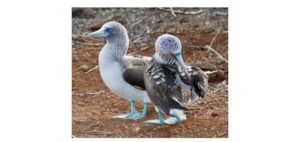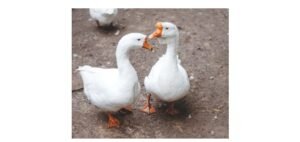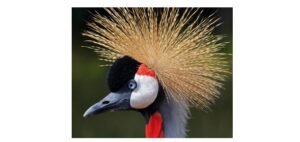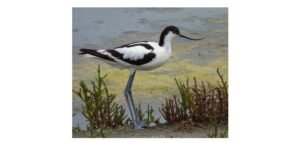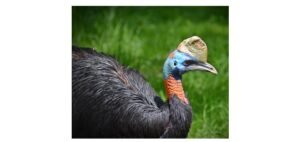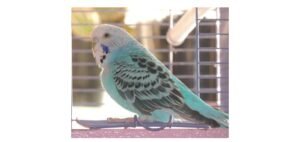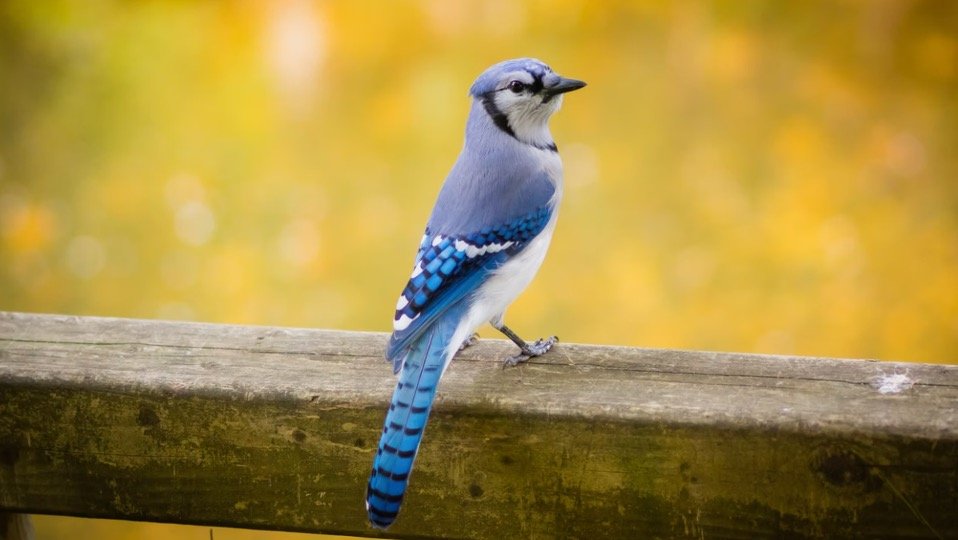
The blue jay (Cyanocitta cristata) is an omnivorous creature belonging to the Animalia family, phylum Chordata, class Aves, order Passeriformes, and family Corvidae. Cyanocitta is its genus. Its length is up to 9 to 12 inches and weighs up to 2.7 to 3.5 oz, with a lifetime of up to 7 years on average.
A blue jay is a rapid-flying bird that feeds on grasshoppers, caterpillars, and beetles. “Jay-jay” sounds made while communicating and bright blue feathers are the most distinguishing characteristics.
Blue jays are preyed upon by cats, hawks, owls, snakes, and raccoons. Physical features include blue skin colour and feathers on the skin, with a potential flying speed of 25 mph.
Blue Jay Description
What makes the blue jay so expressive is its distinct personality and proclivity for utilising its own name as a bird call. Mark Twain, a devotee of the lovely and graceful blue jay, famously stated: “There’s more to a jay than any other species. A jay can be referred to as a bird.
So he is, in a sense, since he has feathers on him and doesn’t appear to belong to any church, but otherwise he’s exactly like you and me. ” The blue jay is a passerine bird that is endemic to North America and may be found in the eastern and central sections of the country.
This bird’s populations are reported to be migratory in some cases. The Blue Jay is a forest-dwelling bird that is very adaptive and clever. They’re noted for being able to replicate hawk sounds, and their “jay-jay” call is particularly well-known.
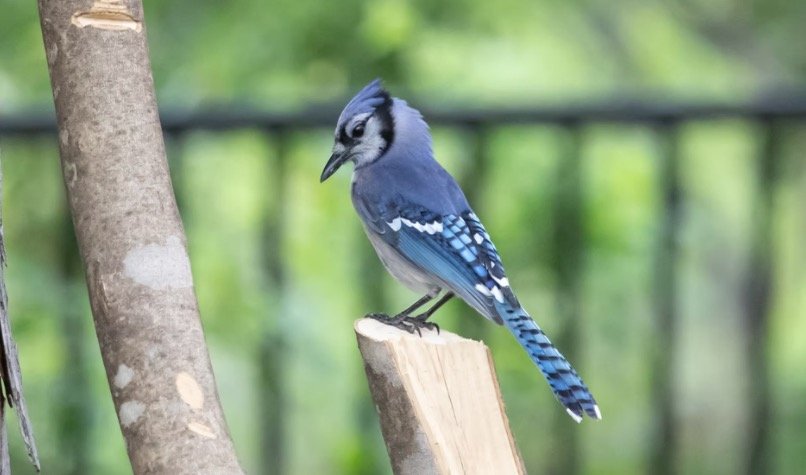
There are around 13 million blue jays on the globe. However, between 1960 and 2015, the number of blue jays declined by roughly 28%. About 87 percent of blue jays are known to live in the United States, whereas 13 percent are known to live in Canada. Blue jays migrate up and down the Atlantic coast, as well as through the Great Lakes, but little is known about their destinations.
Fun Facts About Blue Jay!
• Brown pigment is present in the feathers of some birds. They are, nevertheless, blue. Blue jays are an uncommon blue animal since blue is the least prevalent colour in nature.
• Ants are reported to be rubbed into the feathers of these birds.
• Blue Jacks also collect paint chips.
• They have the ability to imitate hawk cries.
• They are said to get louder in the fall and then quiet down in the spring and summer.
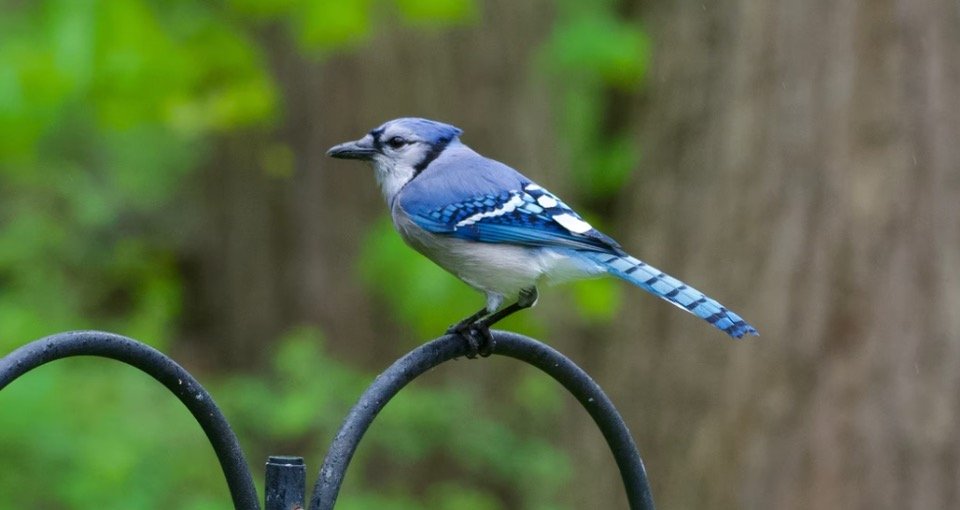
Various Blue Jay Species
Cyanocitta cristata is the etymology of the blue jay, which belongs to the Corvidae family. It belongs to the Aves class and the Animalia kingdom. They’re called blue “jays” because of the noises they’re known for making that sound just like them.
Blue jays are classified as Cyanocitta cristata cyanotephra, Cyanocitta cristata bromia, Cyanocitta cristata, and Cyanocitta cristata semplei. The Cyanocitta cristata cyanotephra is mostly found in Nebraska, Kansas, Oklahoma, and sections of Wyoming and Texas in the southeastern United States.
Cyanocitta cristata bromia may be found in portions of the central United States as well as areas of southern Canada. The Cyanocitta cristata cristata is widespread across the United States, whereas the Cyanocitta cristata semplei is only found in Southern Florida.
The blue jay bird represents vitality, intelligence, and clarity. They are known to be singers who like to sing in their spare time, as well as being creative. These birds are frequently employed as totems, but because they are endemic to the northern hemisphere, they lack the meaning of old world birds.
It has survived in numerous myths and traditions among the Sioux, Chinooks, and Coast Salish tribes. Blue jays have a unique position in European mythology as well. Many people believe the bird is cunning, impersonating other animals and keeping the location of its own nest hidden.
One legend, shared by both Europeans and Americans, claims that the first blue jay was considerably larger than the bird we know today. According to mythology, the huge jay was once held captive by humans who employed it to help them plough their farms.
To escape being enslaved and trapped again, the bird pleaded with the Great Spirit to shrink him to a fraction of his original size. The scars on his chest are said to be the remains of the marks he acquired when hunting people.
They’ve also been associated with great oak trees because of the sowing they do, prompting many Celts to believe they’re a reborn Druid spirit. The blue jay is a spirit animal that represents the durability of relationships, whether passionate or platonic. This might be owing to their monogamous lifestyle.
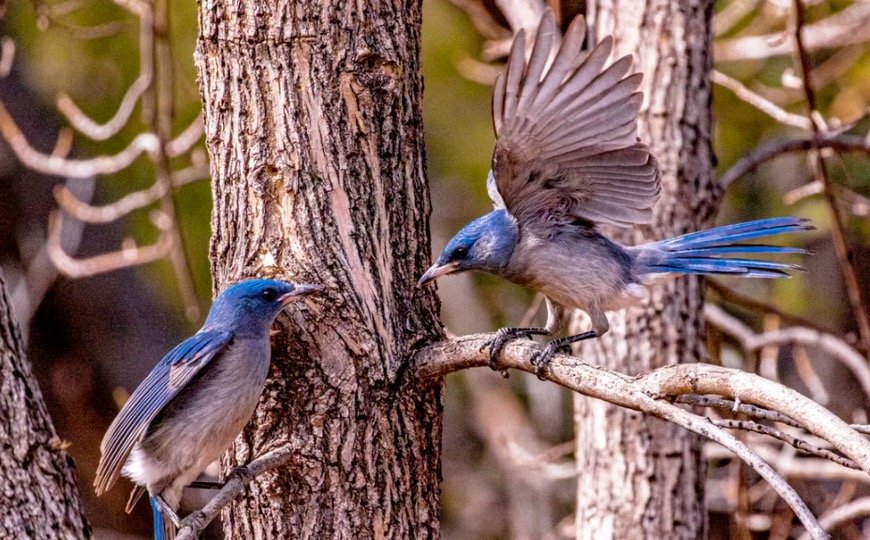
Blue Jay Appearance and Behavior
This bird is blue, as its name indicates. The colour, on the other hand, derives from a brown pigment found in their feathers. The bird stands between 9 and 12 inches tall and weighs between 2.5 and 3.5 ounces.
The top of its head is blue, but the hue of its fur fades to grey or white as it approaches the bird’s throat, and this grey or white coat extends to its breast and belly. It has a greyish blue crest on its head, as well as black and white bars on its tail and wings, which distinguishes it from other birds.
It has a black necklace-like band that goes over its lower throat. The blue jay is a territorial bird and is known to be hostile. These birds are not afraid to attack any potential intruders or predators that they see as a threat.
They are gregarious and frequently live in groups, despite their violent nature. This bird is also noted for being quite talkative, making a variety of sounds to communicate. It is most known for its ‘jay-jay’ sound, which also lends it its name. Growling, chattering, and whistling are among the numerous sounds made by this bird.
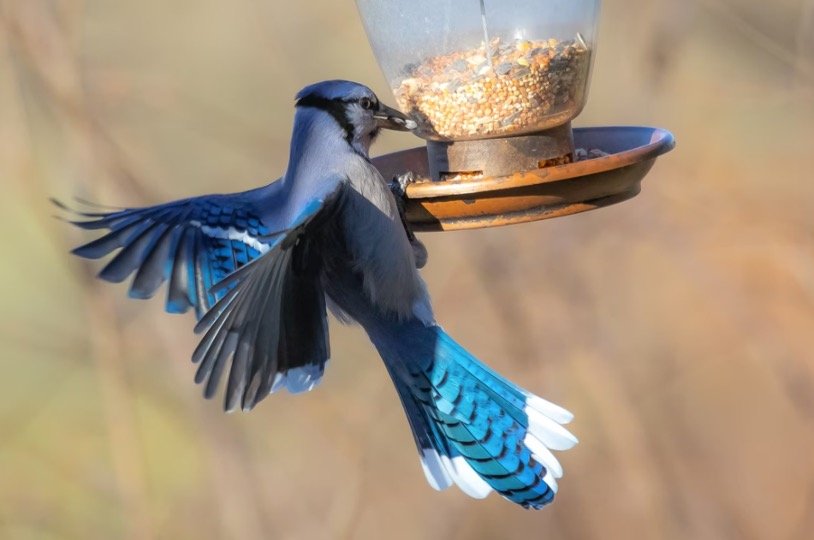
What Do Blue Jay Eat?
The eastern and central portions of North America are the most prevalent locations for these birds. They are, however, thought to be expanding their range to the northwest. In addition to portions of the United States, they enjoy coniferous woods and can be found in southern Canada.
Blue jays are usually found in low woodland settings and like to reside in beech and oak trees. They are frequently seen in metropolitan parks and are clearly identifiable as one of the most colourful and boisterous birds, making them very difficult to miss.
The bird is very frequently seen in densely populated regions. These birds are mostly vegetarians, and their diet consists of nuts, acorns, and seeds. Beetles, grasshoppers, and caterpillars are also part of their diet. These birds have also been known to devour eggs and nestlings. As a result, they are omnivorous.
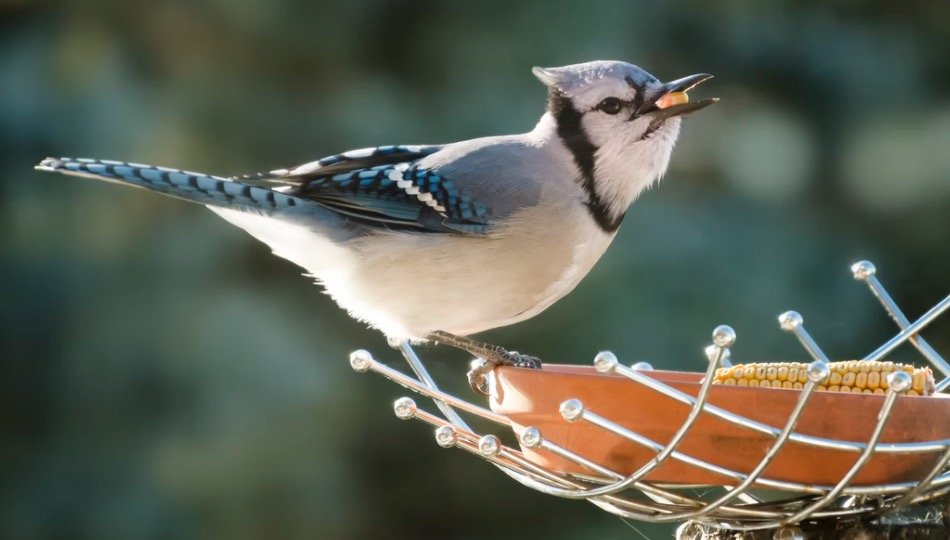
Blue Jay Predators and Threats
These birds, like any other animal or bird, play a crucial role in the environment. The blue jay is threatened by a number of predators found in the bird family. Falcons, hawks, and owls are among them.
Crows, cats, squirrels, raccoons, and other birds will eat the nestlings or infant blue jays, a habit for which the blue jays have become well-known. Blue jays are also threatened by man-made buildings into which they may crash.
Meanwhile, several viral and bacterial infections may be to blame for these birds’ deaths. The IUCN, on the other hand, has classified these birds as “least concern.”
Blue Jay Reproduction, Babies, and Lifespan
Blue jays are considered to be birds that form lifelong relationships and have exceptional parental skills when it comes to their nestlings. The male mates are generally chosen by the female jays. Late in the winter, the procedure begins.
The couple begins building many half-constructed nests for the expectant offspring after the infant is conceived. The couple normally settles into one spot after making a few nests.
Lastly, moss, twigs, foliage, leaves, and bark are used to prepare the nests. The gestation period for these birds is generally between 16 and 18 days. The female blue jay lays 3 to 5 eggs, then sits on them for a little over two weeks to incubate them.
She is fed and cared for by the male blue jay throughout this period. After the egg hatches and the baby is welcomed into the world, the parents and the infant stay in the nest for two months before going to live with the rest of the family.
During this time, the male and female blue jays share responsibility for feeding and caring for the young. Blue jays live for an average of seven years in the wild, but they have been known to survive for up to 26 years in captivity.
